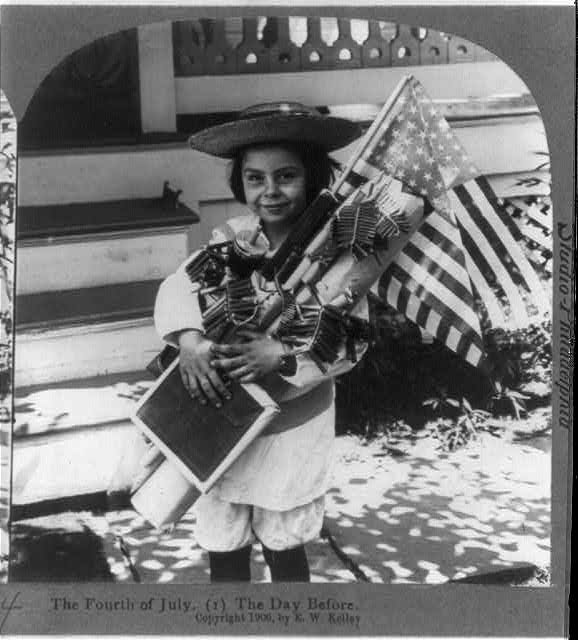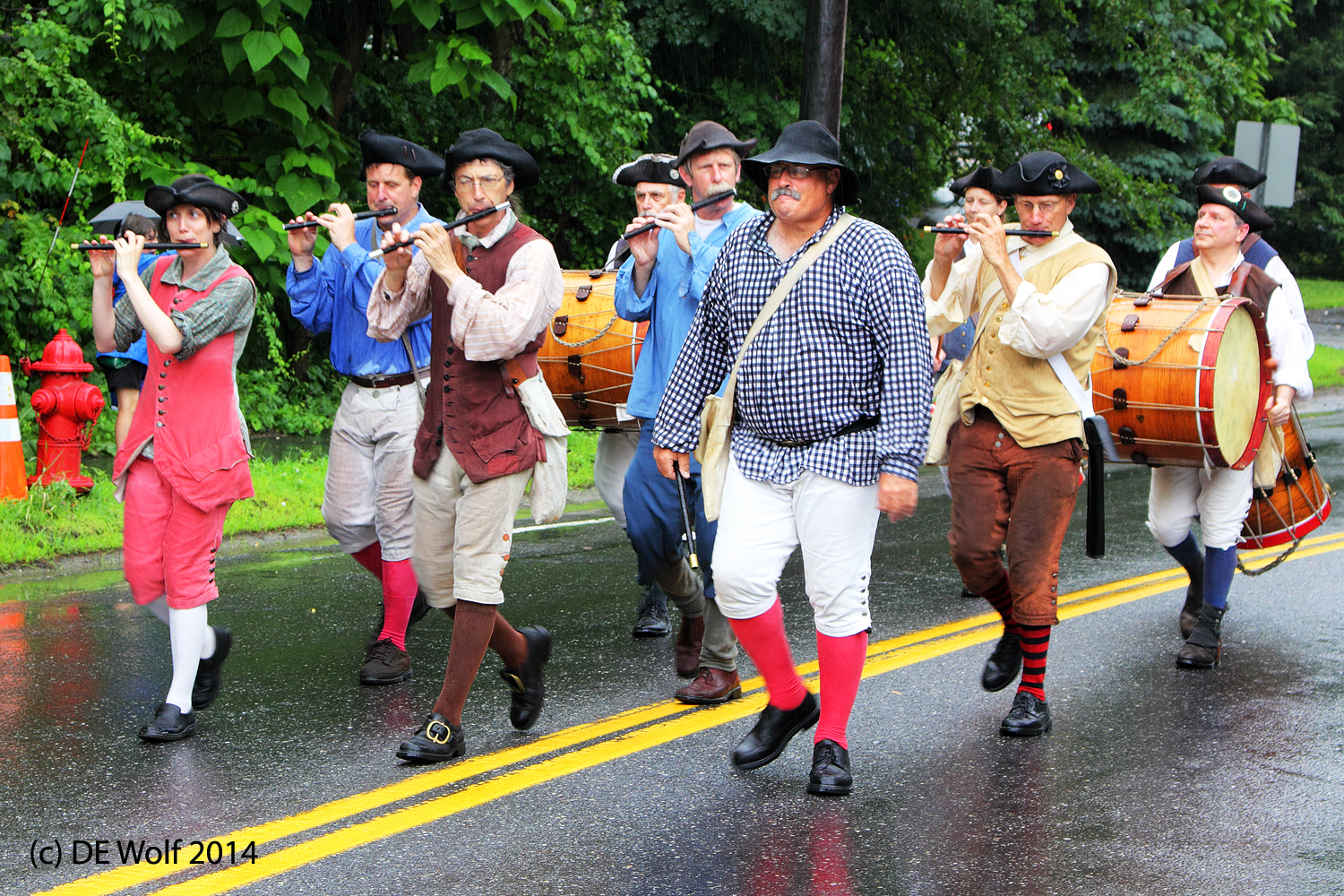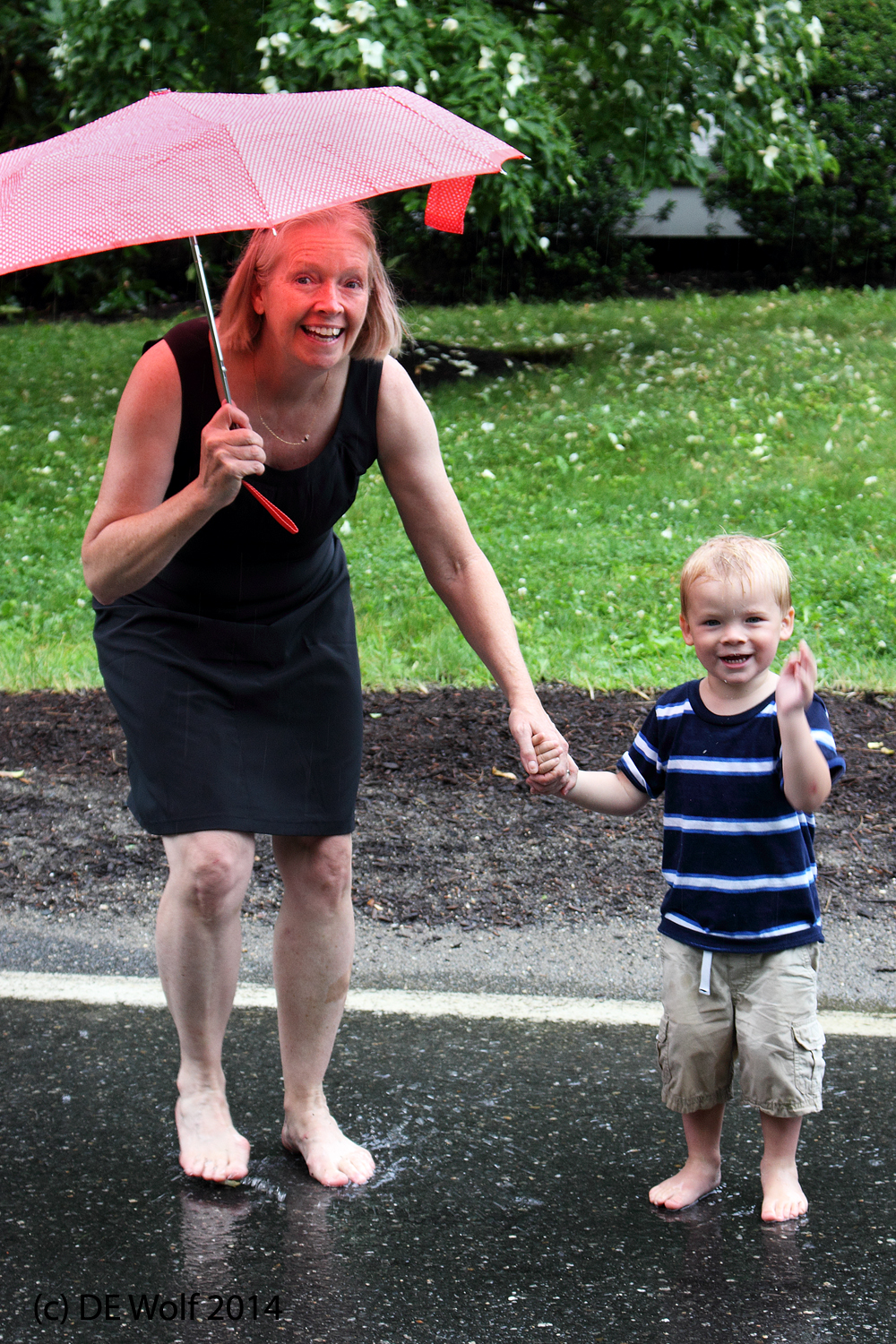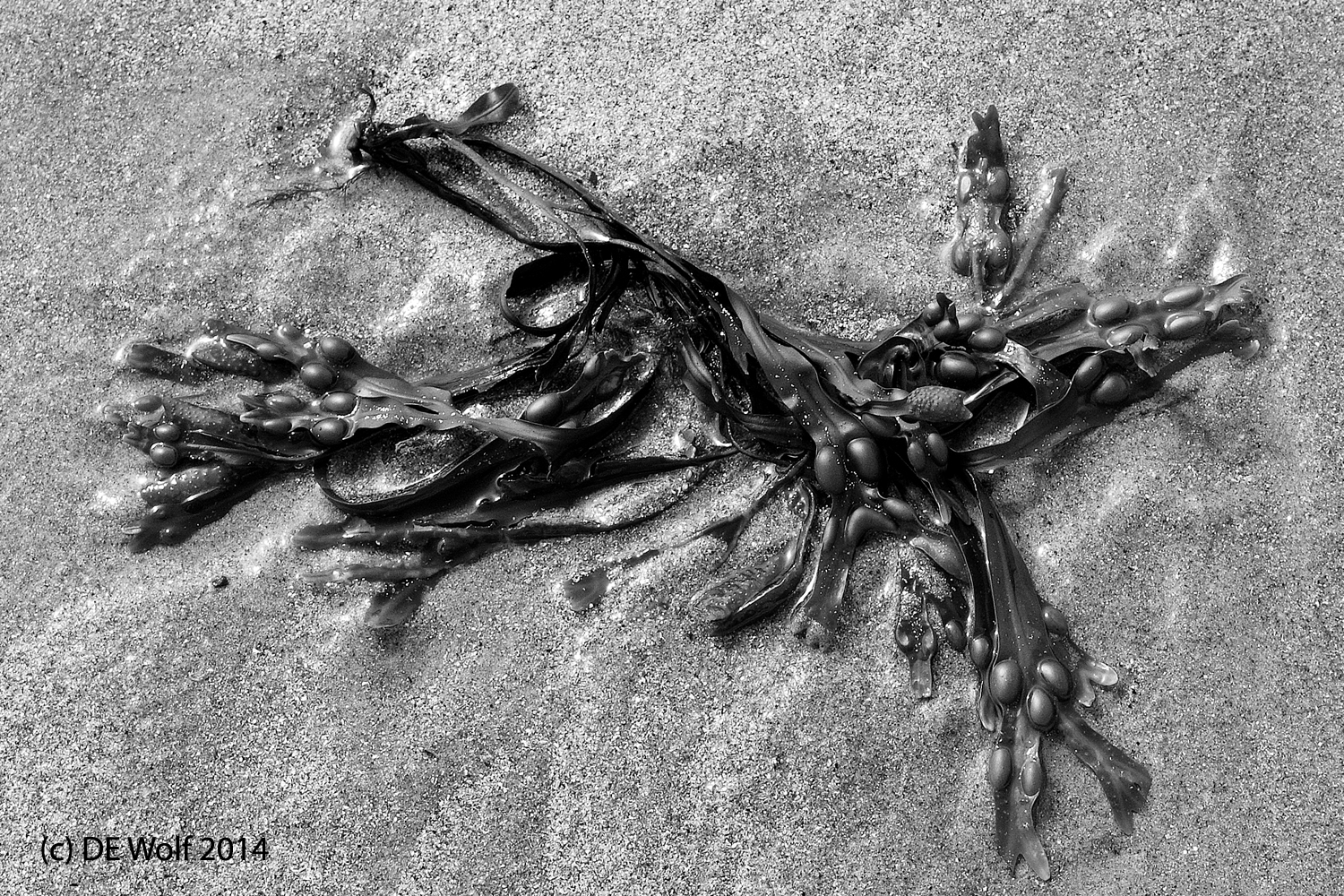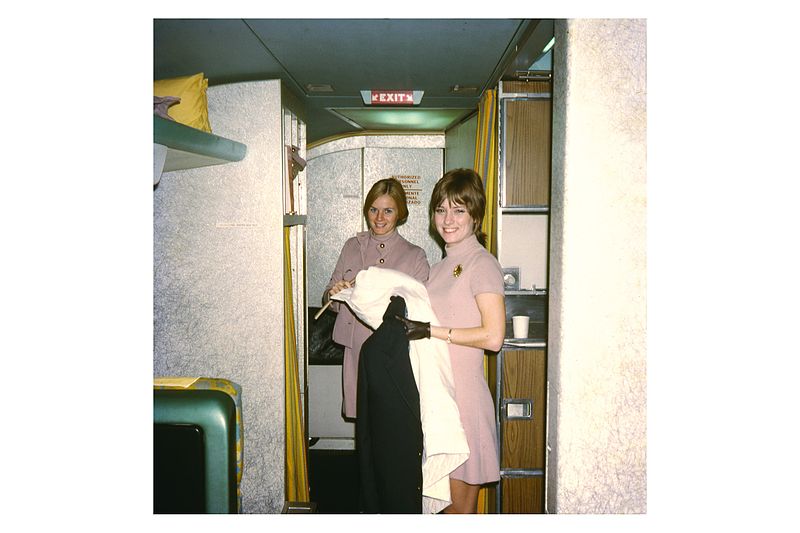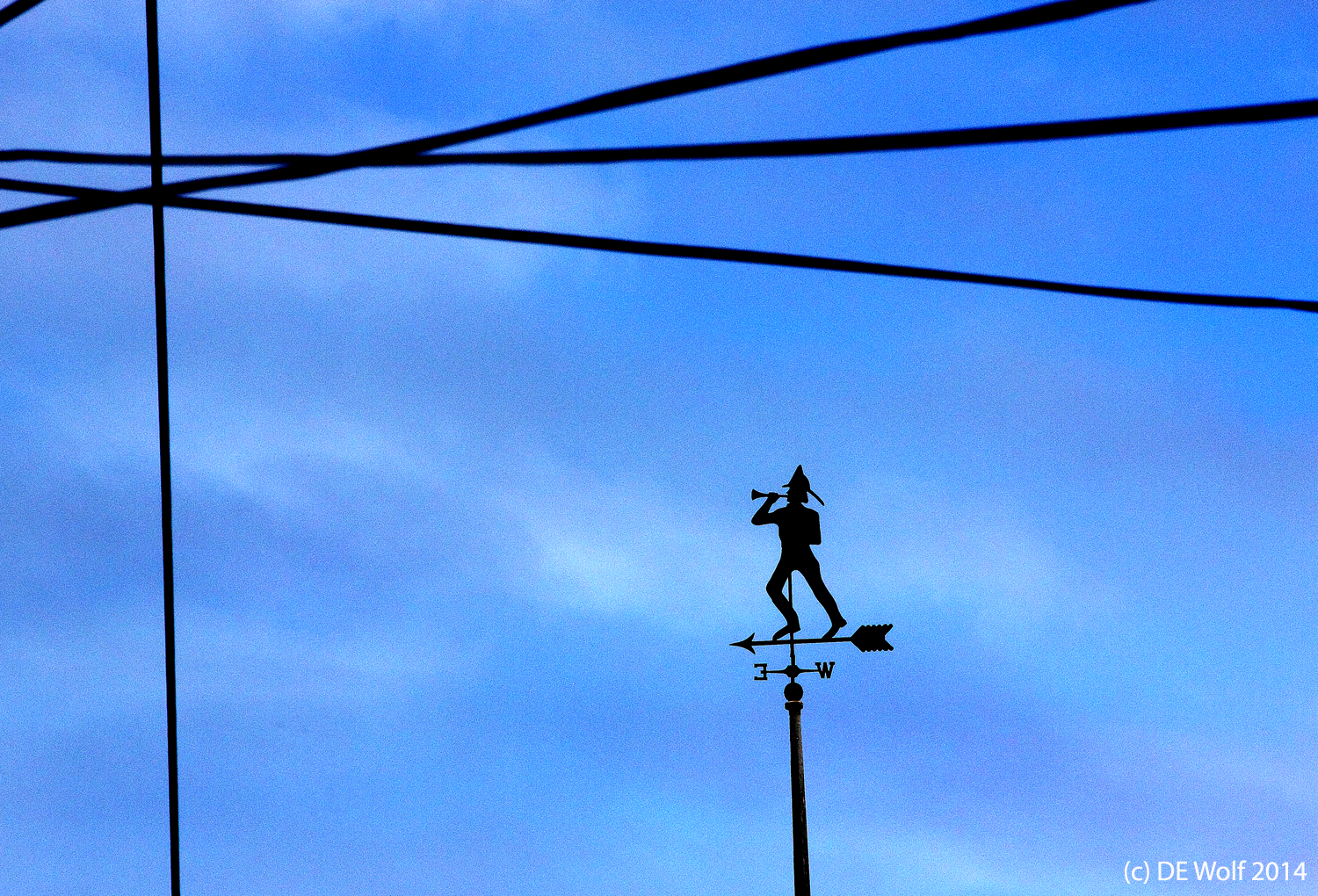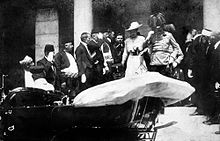
Figure 1 – Photograph of the Archduke and his wife emerging from the Sarajevo Town Hall to board their car, a few minutes before the assassination. From the Wikimedia Commons uploaded from http://www.europeana1914-1918.eu/en/contributions/1225#sthash.RbkTiJmq.dpuf and put in the public domain under creative commons attribution license.
Last week,June 28 marked the 100th anniversary of the assasination of Archduke Franz Ferdinand of Austria, who was heir to the throne of the Austro-Hungarian throne, and his wife, Sophie, Duchess of Hohenberg. The assassination was carried out in Sarajevo by Gavrilo Princip, one of a group of six assassins. WE should remember this event because it ultimately triggered a month later the First World War by setting in motion decade old treaties. We have only to look at the sectarian battles in the current Middle East to recognize that the brutal effects of that war are enduring. The triumphant European powers carved up the old Ottoman Empire into convenient states, oblivious to sectarian and religious lines.
But the subject here is photography, and what strikes me is how we hunger for images to show us what happened and if possible to explain it. In a world where everything occurs under the robotic eyes of surveillance cameras, it is very unsatisfying that the only pictures that we have of this event are a picture of the Archduke and his wife getting into their carriage moments before the assassination (Figure 1) and a picture of Princip being arrested (Figure 2).
In a haunting way we may see parallels with John and Jackie Kennedy arriving in Dallas and of Lee Harvey Oswald being killed in a Dallas jail. The photographs, in these instances, don’t really explain anything. They only provide a visual context. They are ultimately (merely?) memes – in this case to events that we only know through history books.
We recognize in all of this how visual a species we are. The death toll of this war was, and sadly continues to be, unthinkable. It was a very defining moment – a critical point where the world changed forever. It was the end of innocence, the breakup of iron-fisted monarchy. These are the lovely thoughts for a Sunday afternoon. For the thousands who died in that senseless war, who continue to die, we have only the words of the British poet Wilfred Owens who died in this “War to End all Wars” to explain how they felt. Eponine is not singing at the barricades.
“I am the enemy you killed, my friend.
I knew you in this dark: for so you frowned
Yesterday through me as you jabbed and killed.
I parried; but my hands were loath and cold.
Let us sleep now. . . .”
Wilfred Owen
Strange Meeting
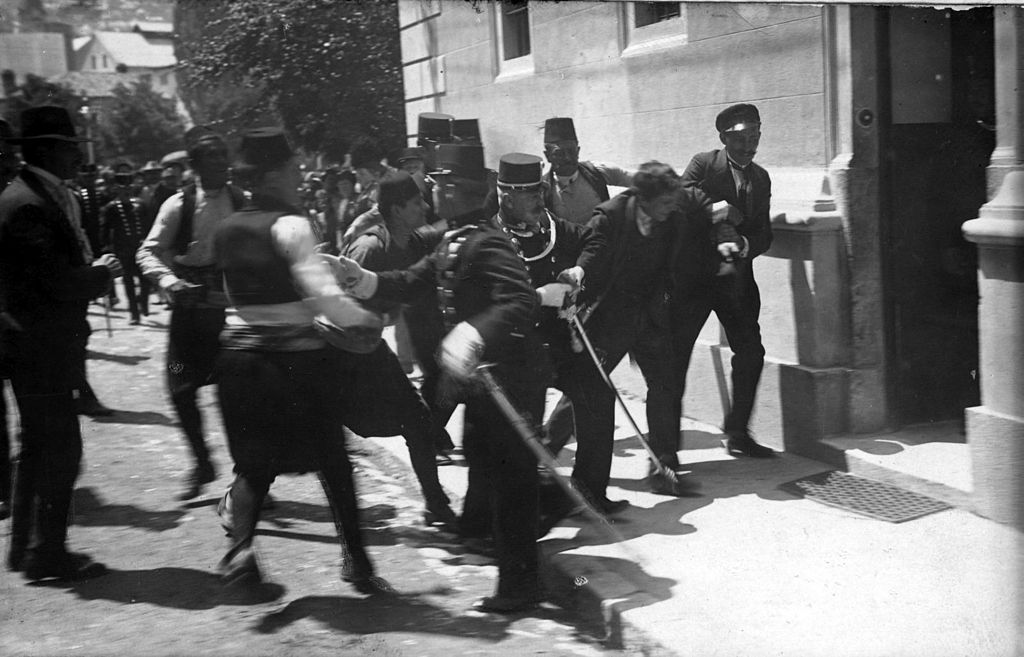
Figure 2 – The arrest of Princip, from the Wikimedia Commons, uploadeed by Anominski and put in the public domain under create commons attribution license.

